Today’s theme: Biophilic Interior Design Principles. Step into a home that breathes with you—where light wanders, materials feel honest, and every corner restores your attention. Explore practical strategies, heartfelt stories, and research-backed ideas you can apply today.
Bring living things and elemental forces into daily reach: plants within arm’s length, operable windows for real breezes, a small water feature for shimmering light and gentle sound, and daylight that moves across surfaces, reminding your body of time and direction.
What Biophilic Interior Design Principles Mean at Home
Translate outdoors into form and texture: wood grain, stone veining, woven fibers, and artwork with fractal patterns that echo coastlines and leaf networks. These cues subtly calm attention while keeping your mind engaged, much like watching clouds shift across a bright sky.
What Biophilic Interior Design Principles Mean at Home
Light, Shadow, and Circadian Harmony
Track the sun’s path for a week. Note bright hours, glare points, and dim zones. Move work surfaces toward gentle morning light, place reflective finishes to bounce daylight deeper, and reserve serene, lower-light areas for reading, recovery, or quiet evening rituals.
Light, Shadow, and Circadian Harmony
Use cool, bright task lighting for mornings and warmer, dimmer layers after dusk. Combine ceiling lights, lamps, and cove glow to sculpt shadow. Smart dimmers or simple timers can nudge your routine without fuss, guiding energy up by day and winding down at night.
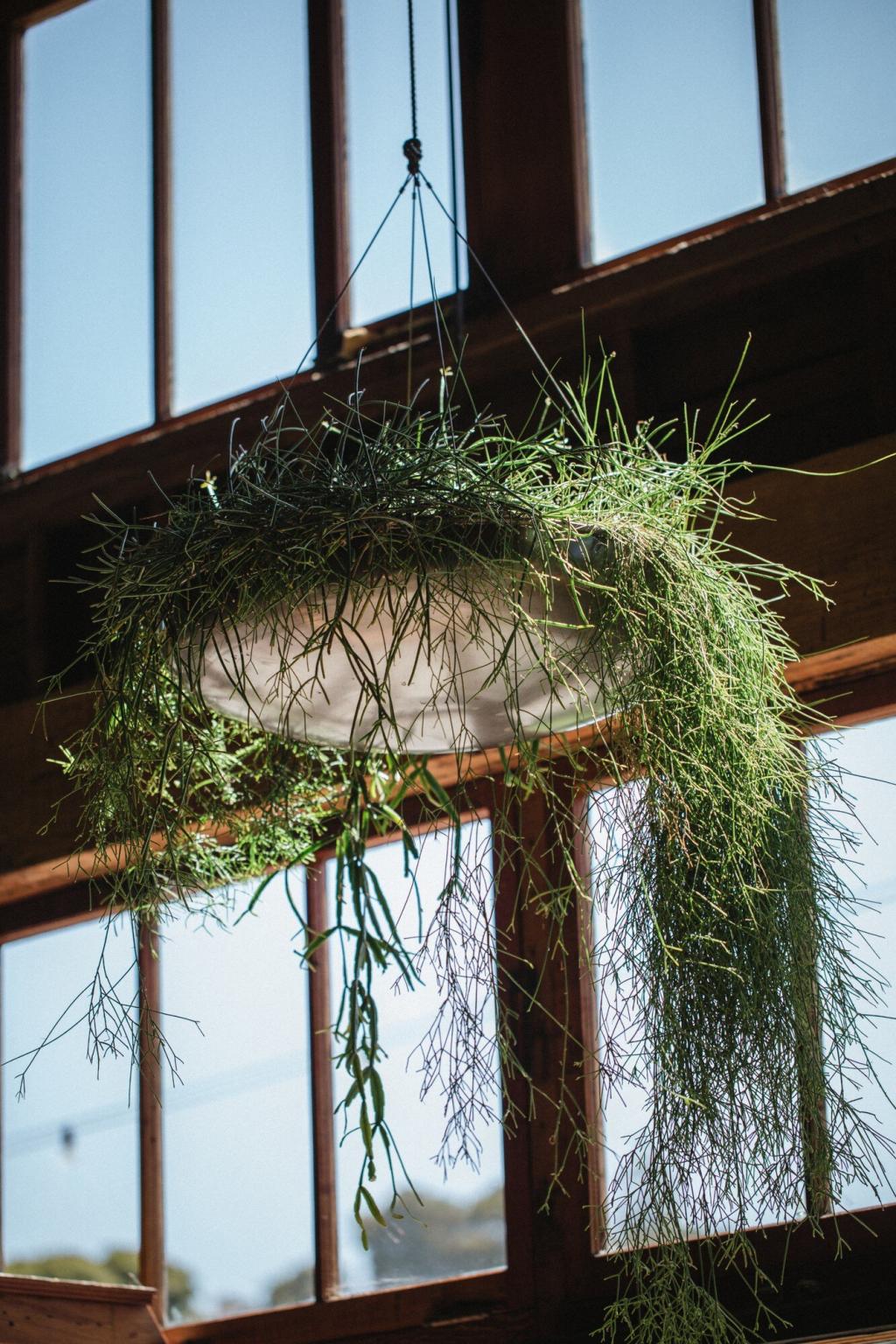
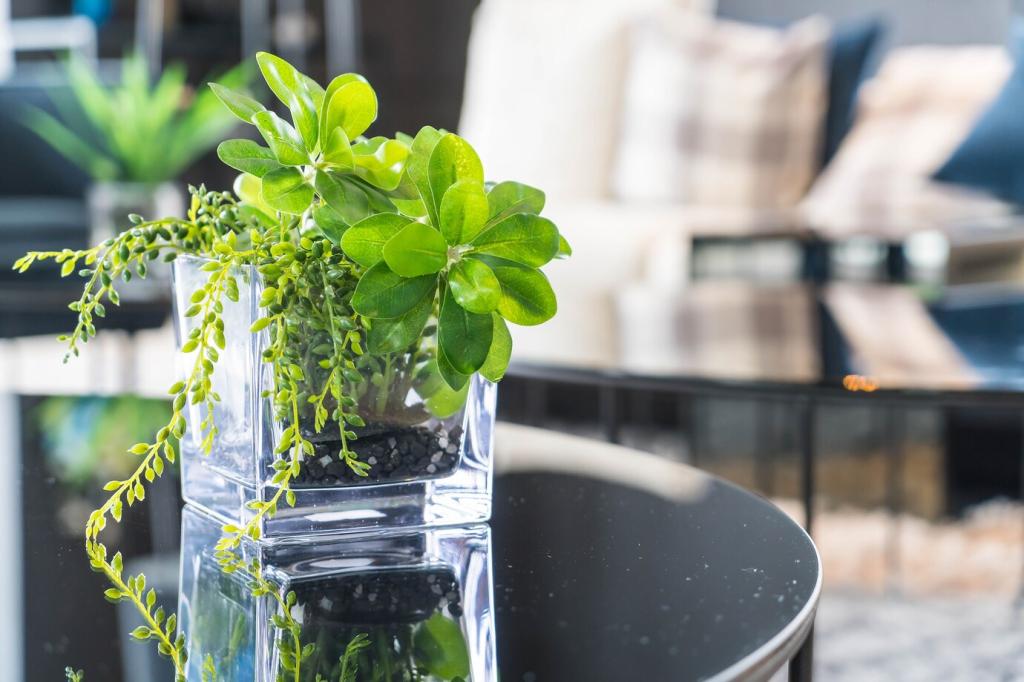
Favor solid wood with visible grain, mineral-rich stone, and breathable plasters like lime or clay that regulate humidity. Reclaimed boards and locally quarried stone add provenance. Imperfections read as character, creating warmth that painted drywall alone can never achieve.
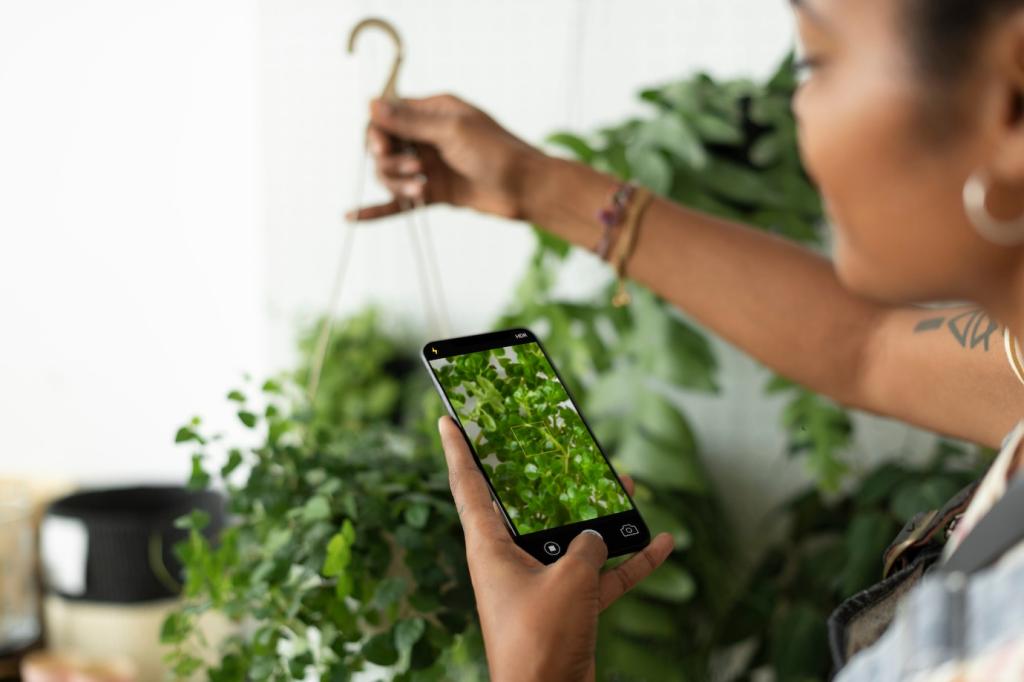
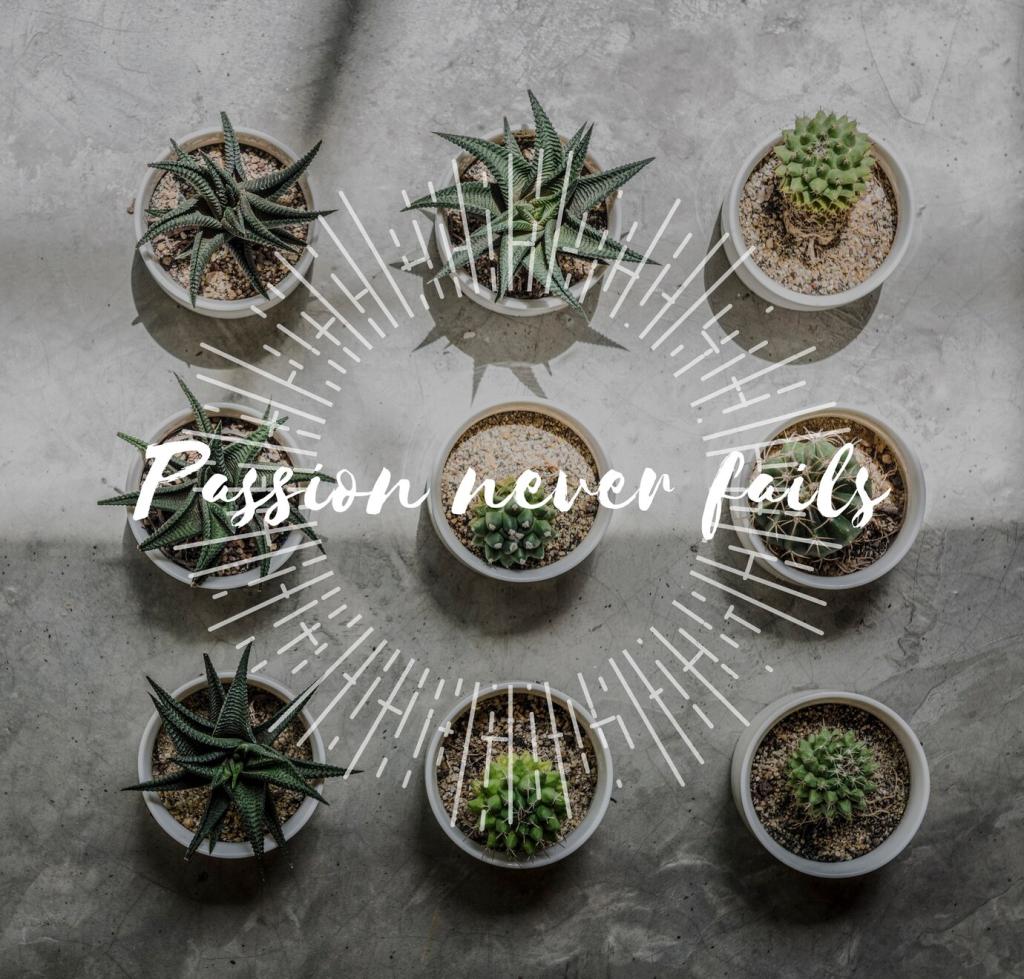
Multisensory Connections: Sound, Scent, and Touch
Layer soft, irregular natural sounds that mask disruptive noise: a gentle tabletop fountain, fern fronds near a window, and porous materials that absorb echo. Rugs, cork panels, and fabric curtains shape acoustics so conversations feel intimate and minds can focus.
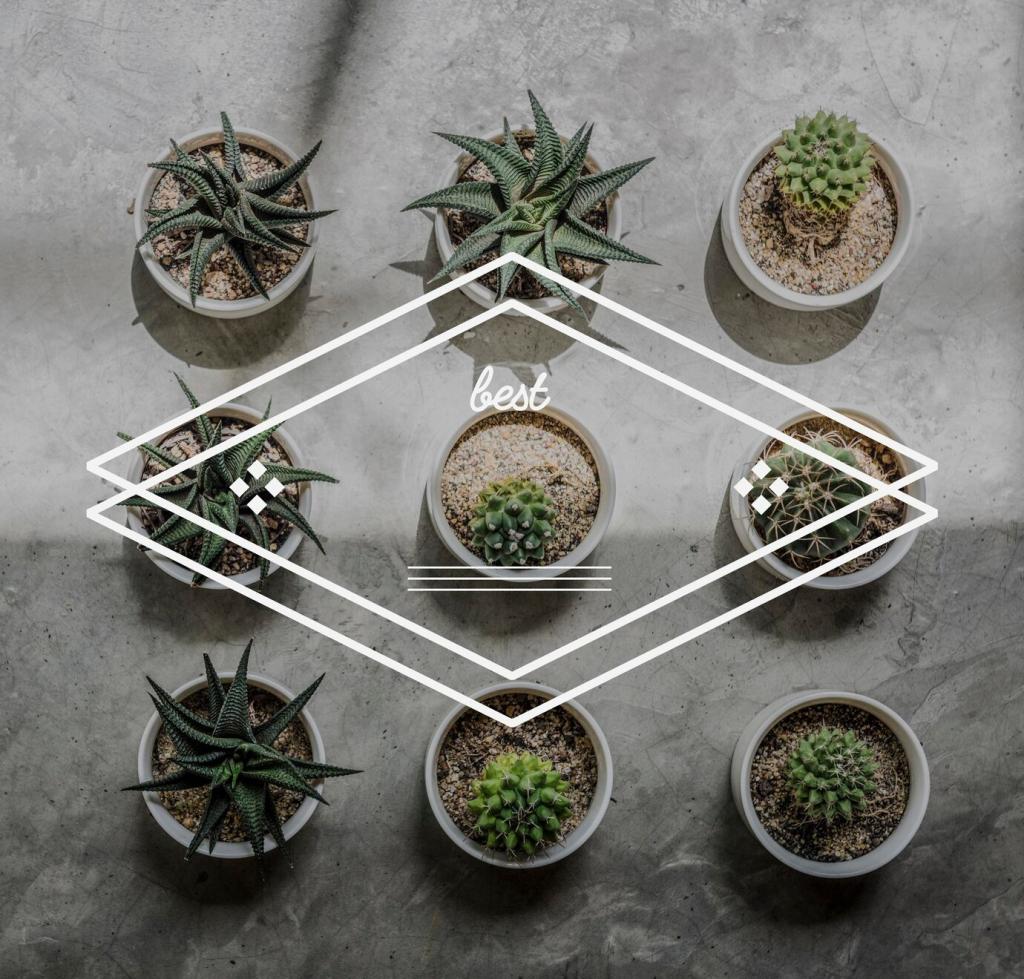
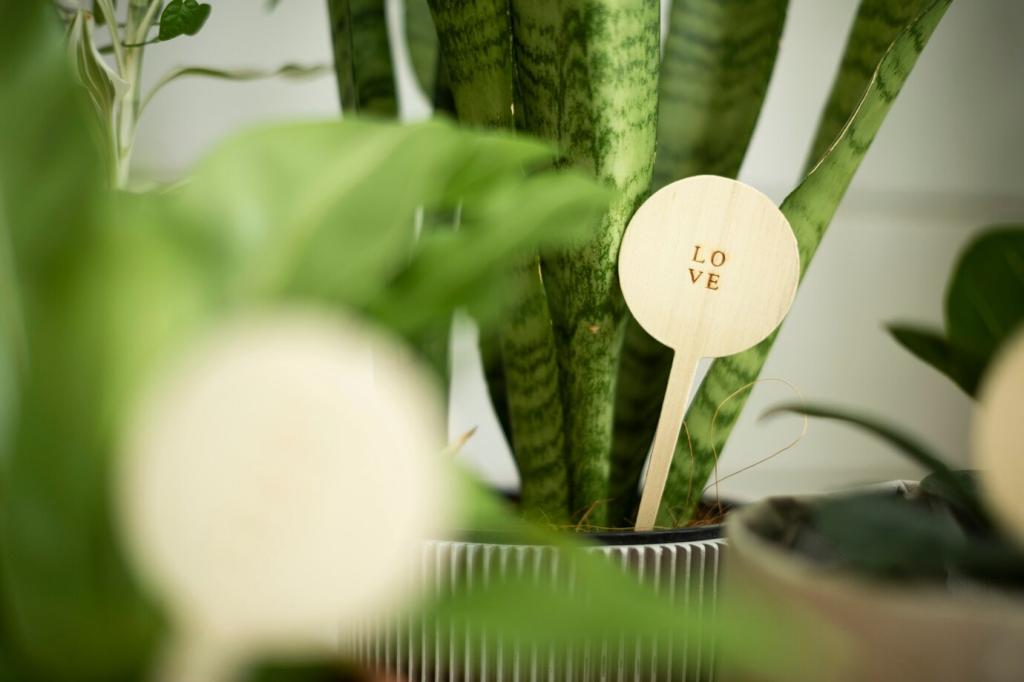
Biophilia in Small Urban Spaces
Climb upward with trellises, staggered wall shelves, and slim hydroponic rails. Choose hardy, air-loving species near windows, and rotate plants seasonally. Vertical strategies deliver lushness without sacrificing precious floor space or circulation paths in a small apartment.
Biophilia in Small Urban Spaces
Turn a shallow balcony into habitat and refuge. Box planters with native herbs, a folding stool, and a narrow railing trough for pollinator-friendly blooms create a miniature landscape that draws you outside for morning light and evening decompression.
